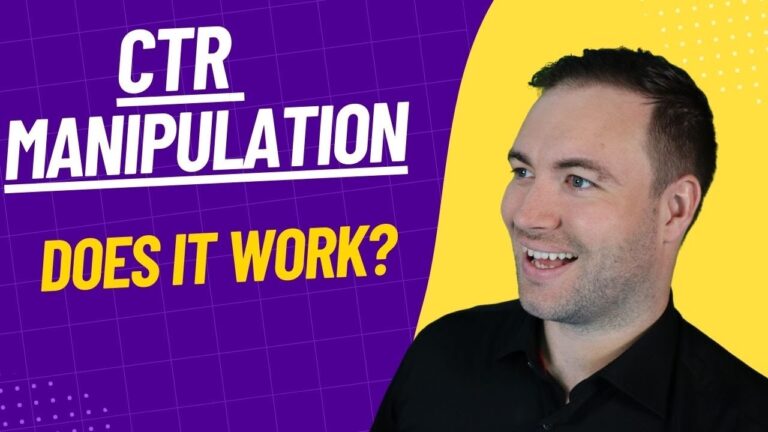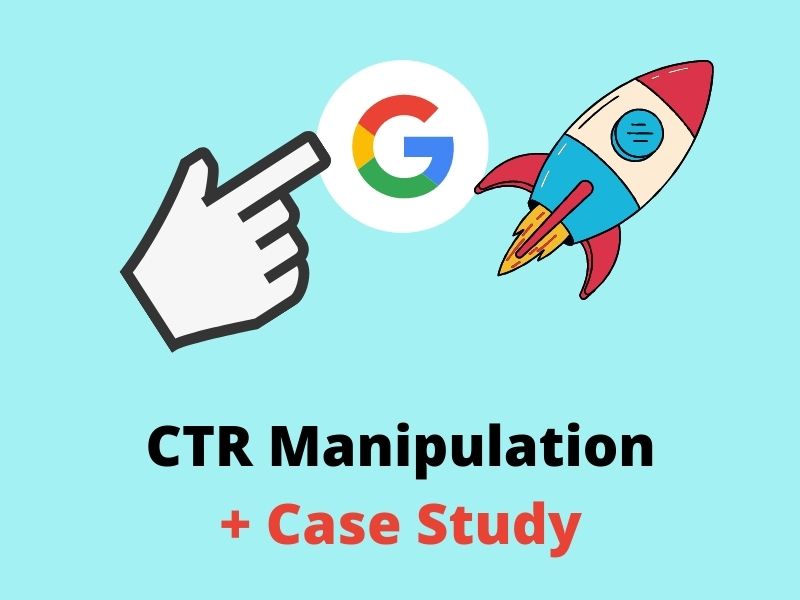Optimizing Organic Click-Through Rates With CTR Adjustment
The optimization of natural click-through prices (CTR) is a nuanced venture that hinges on understanding both user psychology and effective web content discussion. The landscape is swarming with mistaken beliefs and oversimplifications regarding what genuinely drives CTR.
Comprehending Click-Through Rates
Understanding click-through prices (CTR) is essential for evaluating the performance of on-line advertising techniques. CTR measures the percent of individuals who click a details link or advertisement contrasted to the overall number of customers who view it. A greater CTR suggests that the content is involving and relevant to the target market, while a reduced CTR may signify a requirement for optimization.
To calculate CTR, divide the number of clicks by the variety of impressions and multiply by 100. For example, if an advertisement receives 300 clicks out of 10,000 impressions, the CTR would certainly be 3%. This metric is essential for evaluating numerous aspects of electronic advertising, including seo (SEO), email projects, and social media advertising and marketing.
Furthermore, assessing CTR assists marketing professionals identify which strategies generate the most effective outcomes and which call for refinement. By concentrating on boosting CTR, companies can boost their content's visibility and efficiency, leading to boosted traffic and potential conversions. Comprehending the subtleties of CTR is foundational for any type of marketer aiming to maximize their on-line presence and make best use of roi (ROI)

The Psychology of Individual Actions
Customer actions is dramatically affected by mental elements that dictate just how people communicate with online web content. Recognizing these aspects is vital for optimizing click-through prices (CTR) in natural search engine result. Cognitive prejudices, such as the anchoring result, play a vital function fit customers' understandings. Their first impacts can greatly affect their subsequent judgments about significance and trustworthiness. when customers run into info.
Emotional reactions additionally dramatically effect customer behavior. Material that reverberates psychologically can set off a feeling of urgency or curiosity, triggering customers to click. Additionally, social proof-- such as individual testimonials or ratings-- can enhance trust fund and motivate interaction, as people frequently seek to the actions of others to inform their very own choices.
Moreover, the principle of shortage can drive clicks - CTR Manipulation. Limited-time offers or exclusive material produce an anxiety of losing out (FOMO), compelling users to act rapidly. Comprehending these mental motorists makes it possible for online marketers to produce more compelling material that resonates with their target audience
Reliable CTR Adjustment Strategies
Leveraging emotional insights can dramatically enhance click-through prices (CTR) through targeted manipulation techniques. One of the most efficient methods is the use of compelling headings that stimulate inquisitiveness or necessity. Phrasing titles as questions or incorporating numbers can attract even more interest, triggering individuals to click.
Another technique includes maximizing meta descriptions to create a feeling of significance and immediacy. By plainly laying out the advantages or options supplied in the material, you can engage prospective visitors and persuade them to click. In addition, using power words-- such as "special," "proven," or "cost-free"-- can boost the charm of your web content.
Visual components also play an essential role. Incorporating captivating pictures or thumbnails can draw customers in and enhance CTR. A/B screening different visuals can aid determine which photos resonate best with your target market.
Lastly, making certain that your material promises deliverable worth results in greater CTR. They are a lot more most likely to engage when customers perceive that clicking will certainly provide them with significant understandings or services. By using these techniques attentively, online marketers can properly manipulate CTR to their benefit while keeping ethical requirements.
Usual Myths Regarding CTR
Several misunderstandings border click-through rates (CTR) that can lead marketers to make misdirected decisions. While a high CTR suggests that even more individuals are clicking, it does not ensure sales or conversions.
Another common belief is that CTR is an isolated metric. Actually, CTR needs to be assessed in conjunction with other performance indications, such as bounce rate and conversion rate, article source to get a holistic view of campaign success.
Additionally, some marketing experts think that optimizing for CTR alone suffices. Nonetheless, concentrating solely on CTR can bring about clickbait tactics that might bring in clicks but stop working to engage customers meaningfully. This strategy can damage brand track record and lead to reduced retention prices
Lastly, there is an imp source idea that CTR strategies are globally reliable. The truth is that ideal CTR strategies can vary considerably throughout industries and target audiences, requiring customized strategies for various market segments. Recognizing these myths is vital for developing efficient CTR strategies that line up with overarching marketing goals.
Gauging CTR Success
Although high click-through prices (CTR) can indicate successful involvement with content, gauging their true success calls for an extensive evaluation of several factors. First, it is important to comprehend the context in which the CTR is achieved. As an example, a high CTR on a deceptive title might not equate to meaningful interaction or conversions, inevitably showing inadequately on i thought about this the brand name's integrity.
Second, examining the resource of web traffic is important. Organic website traffic from online search engine can represent a durable content method, while clicks from unnecessary resources may show a lack of targeting. Additionally, gauging the succeeding user actions is important; assessing metrics such as bounce price, time invested in web page, and conversion rates can give deeper understandings right into the high quality of the engagement launched by the CTR.

Final Thought

The optimization of natural click-through rates (CTR) is a nuanced venture that pivots on comprehending both individual psychology and effective content discussion. CTR determines the portion of customers that click on a specific web link or promotion contrasted to the overall number of customers that view it. A greater CTR indicates that the web content is involving and relevant to the target audience, while a lower CTR may signal a requirement for optimization.
Concentrating solely on CTR can lead to clickbait techniques that may draw in clicks however fail to involve individuals meaningfully. Furthermore, measuring the subsequent user habits is crucial; evaluating metrics such as bounce price, time spent on page, and conversion prices can provide deeper insights right into the top quality of the engagement started by the CTR.